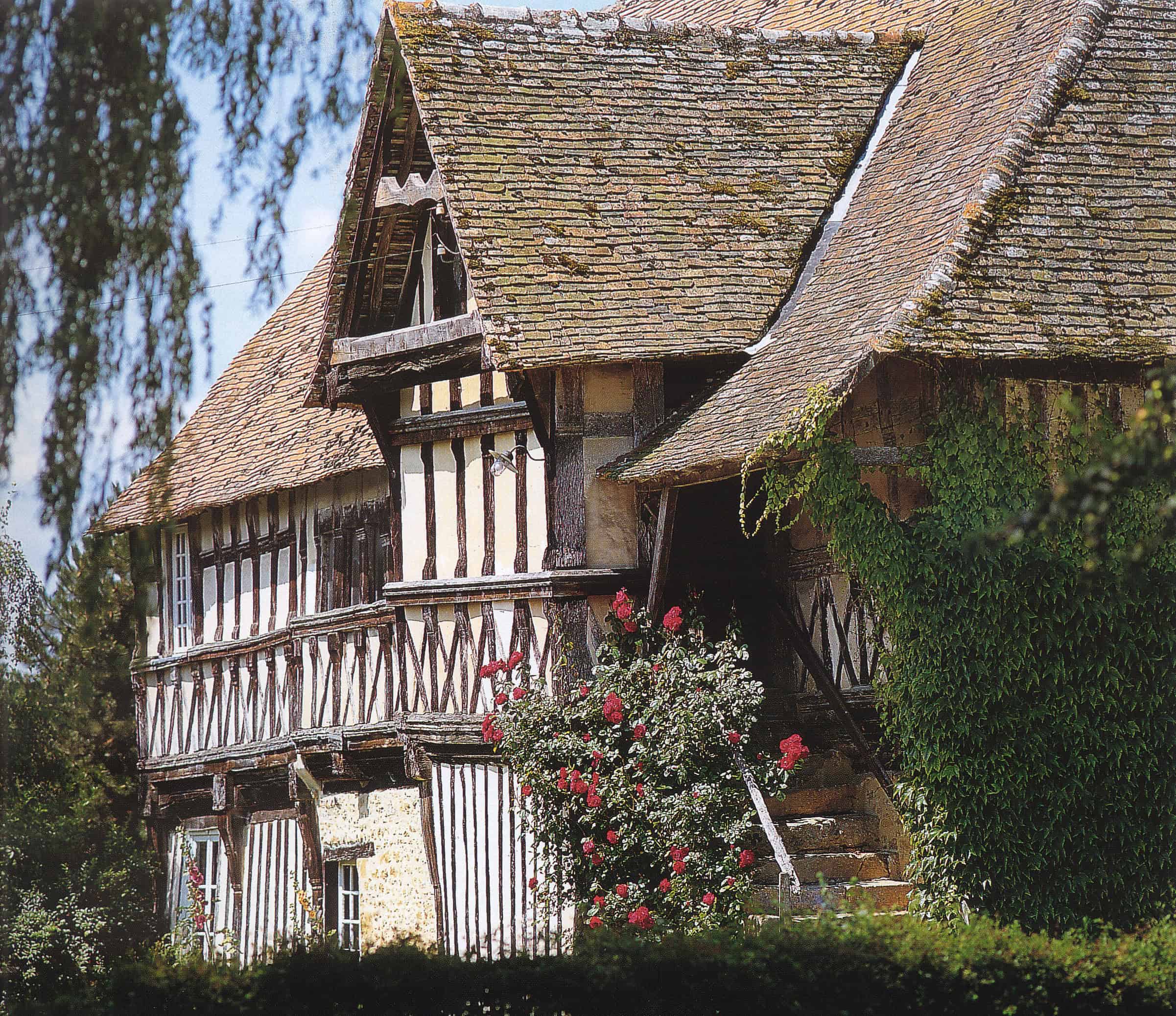Handmade clay tiles have long been celebrated as both functional and artistic. Rooted in centuries of English tradition and embraced by visionaries like William Morris and Sir Edwin Lutyens, these tiles represent the perfect union of craft and design. Their irregular forms, rich textures, and enduring durability make them as relevant today as they were in the Arts & Crafts era. In this article, we explore the history, artistry, and continued appeal of handmade clay tiles.
A Legacy of English Craftsmanship
England has a rich tradition of handmade clay tile production, with roots stretching back to the Middle Ages. Villages often had local kilns where tiles were shaped and fired, creating roofs that harmonized with the landscape. The uneven shapes, subtle variations in color, and rustic textures of these tiles were not imperfections but marks of authenticity. They gave each roof its own character, blending durability with charm.
The Arts & Crafts Movement
By the late 19th century, industrialization threatened traditional crafts, including handmade tiles. William Morris, a central figure in the Arts & Crafts movement, championed the revival of authentic, hand-crafted materials. He believed that beauty in everyday life depended on artisanship and honesty in design. Handmade clay tiles—formed, glazed, and fired by skilled hands—embodied this philosophy. Their natural tones and textures reflected the simplicity and integrity Morris admired.
Lutyens and the Romance of Roofs
The celebrated English architect Sir Edwin Lutyens carried forward this ethos into his buildings. Known for blending classical formality with vernacular warmth, Lutyens often used handmade clay tiles to crown his country houses and public buildings. Their irregular patterns and weathered surfaces softened his architectural lines, making even grand houses feel timeless and rooted in the earth.
Why Handmade Tiles Still Matter Today
Even in the age of mass production, handmade clay tiles hold a unique appeal:
- Authenticity: Each tile is shaped by hand, ensuring no two are exactly alike.
- Durability: Properly fired handmade tiles can last for centuries.
- Aesthetic Depth: Subtle variations in color and texture create roofs and interiors that feel alive.
- Sustainability: Handmade tiles are crafted from natural clay and often produced in small batches with respect for tradition.
Conclusion
The art and craft of handmade clay tiles is more than heritage—it’s a living tradition. From English cottages to the works of Morris and Lutyens, these tiles continue to inspire architects, artisans, and homeowners who value beauty, history, and craftsmanship. Choosing handmade tiles is not just a design decision; it’s a way of honoring centuries of artistry that shaped the world we live in today.







